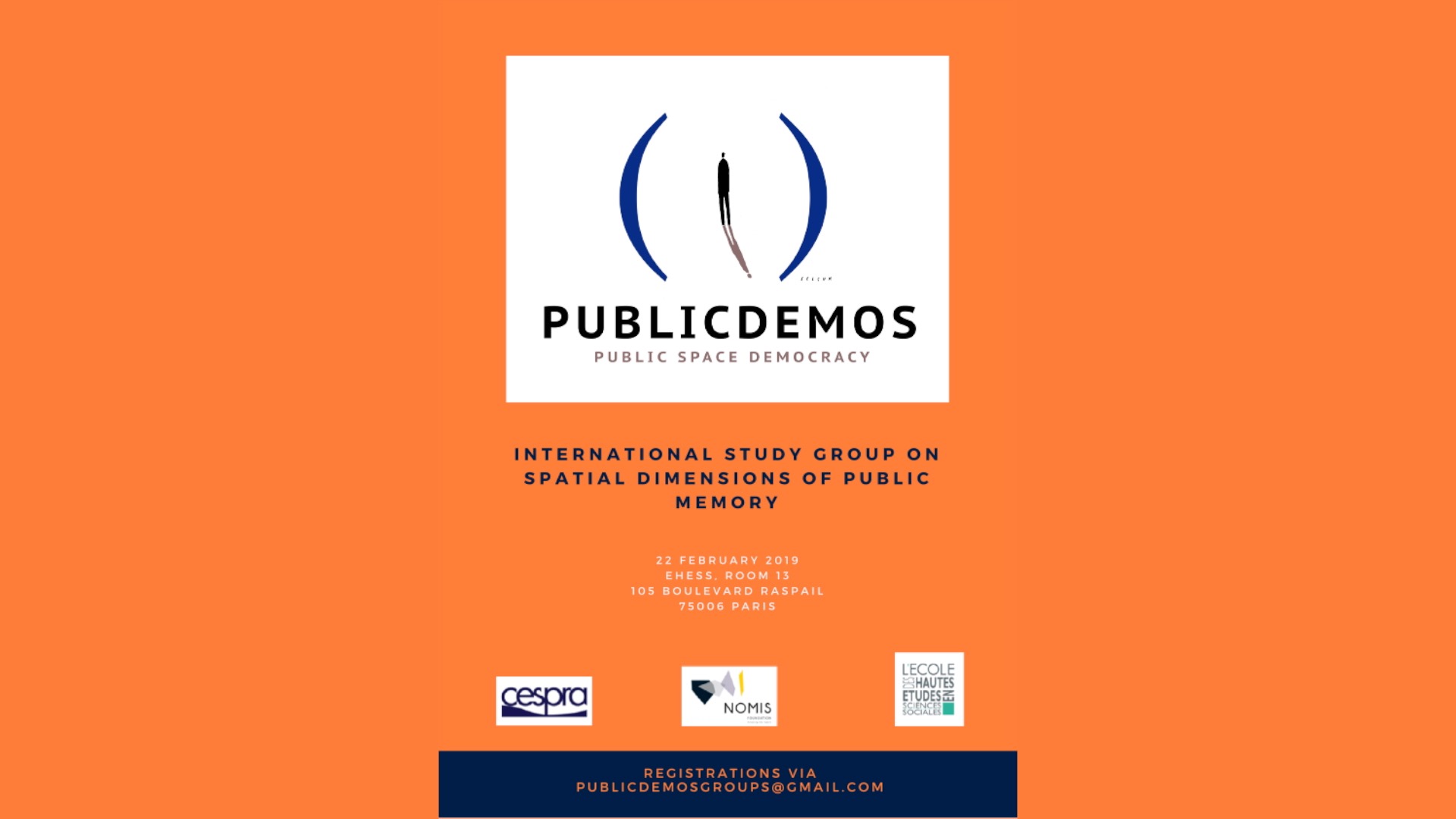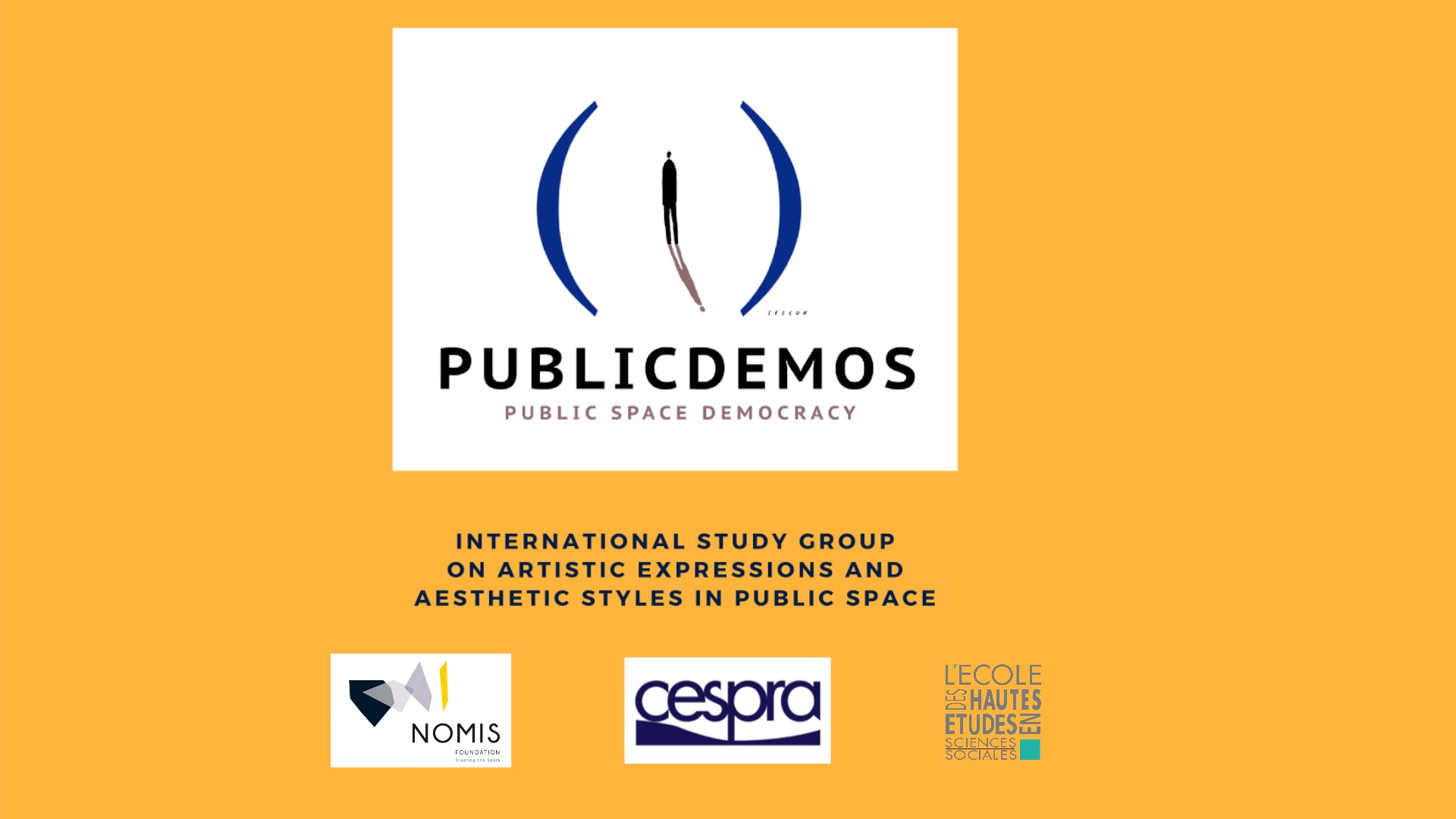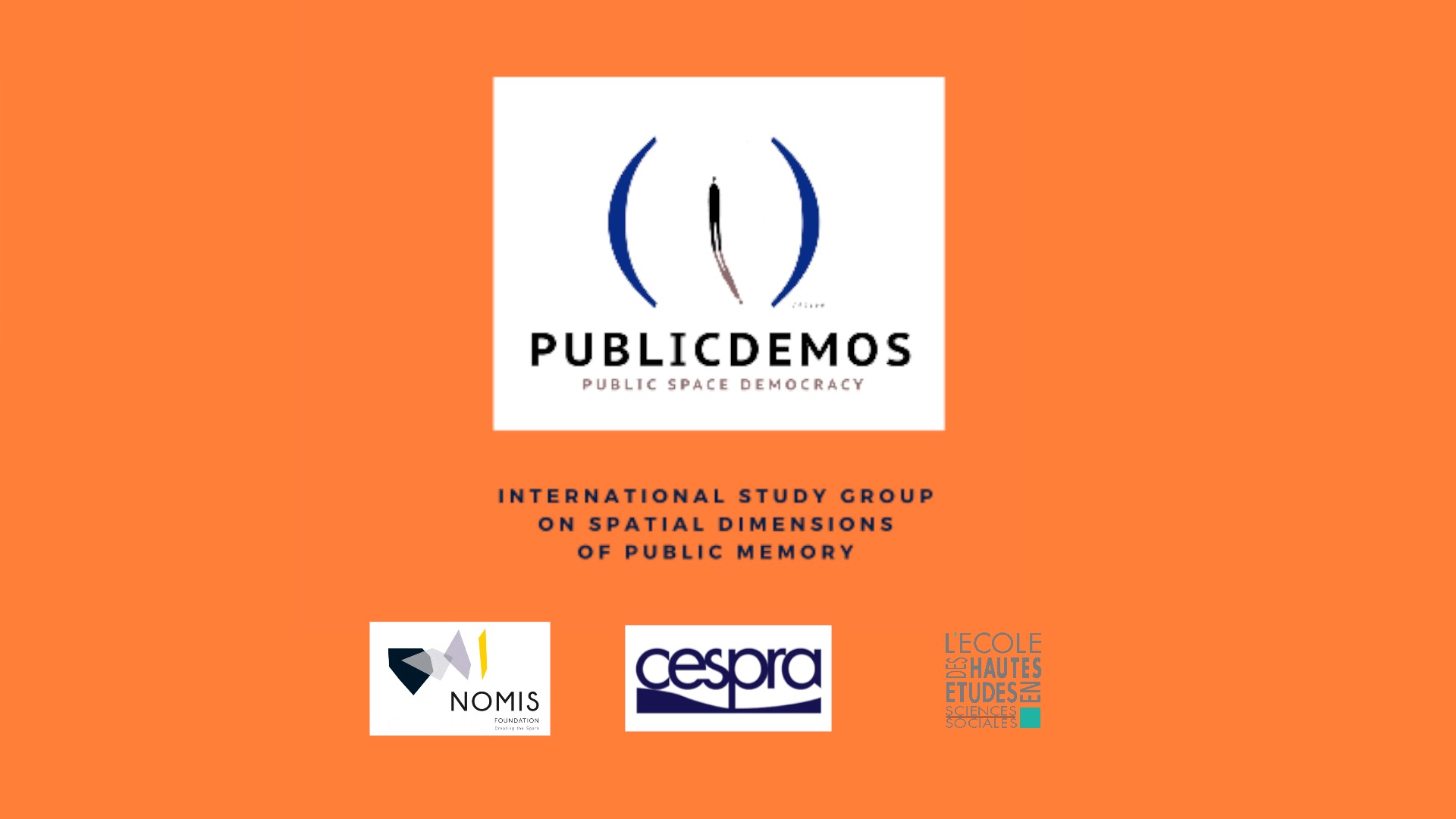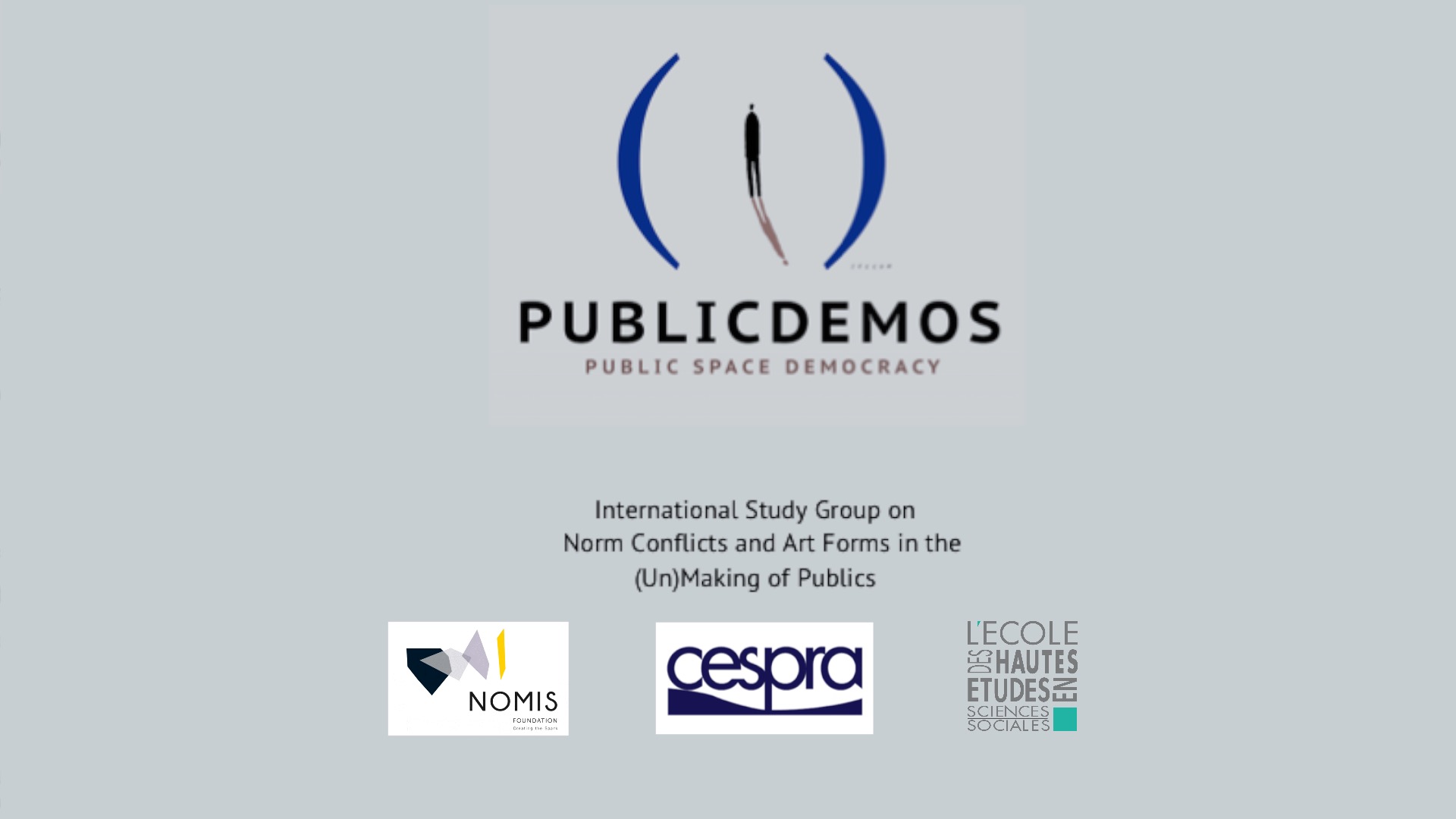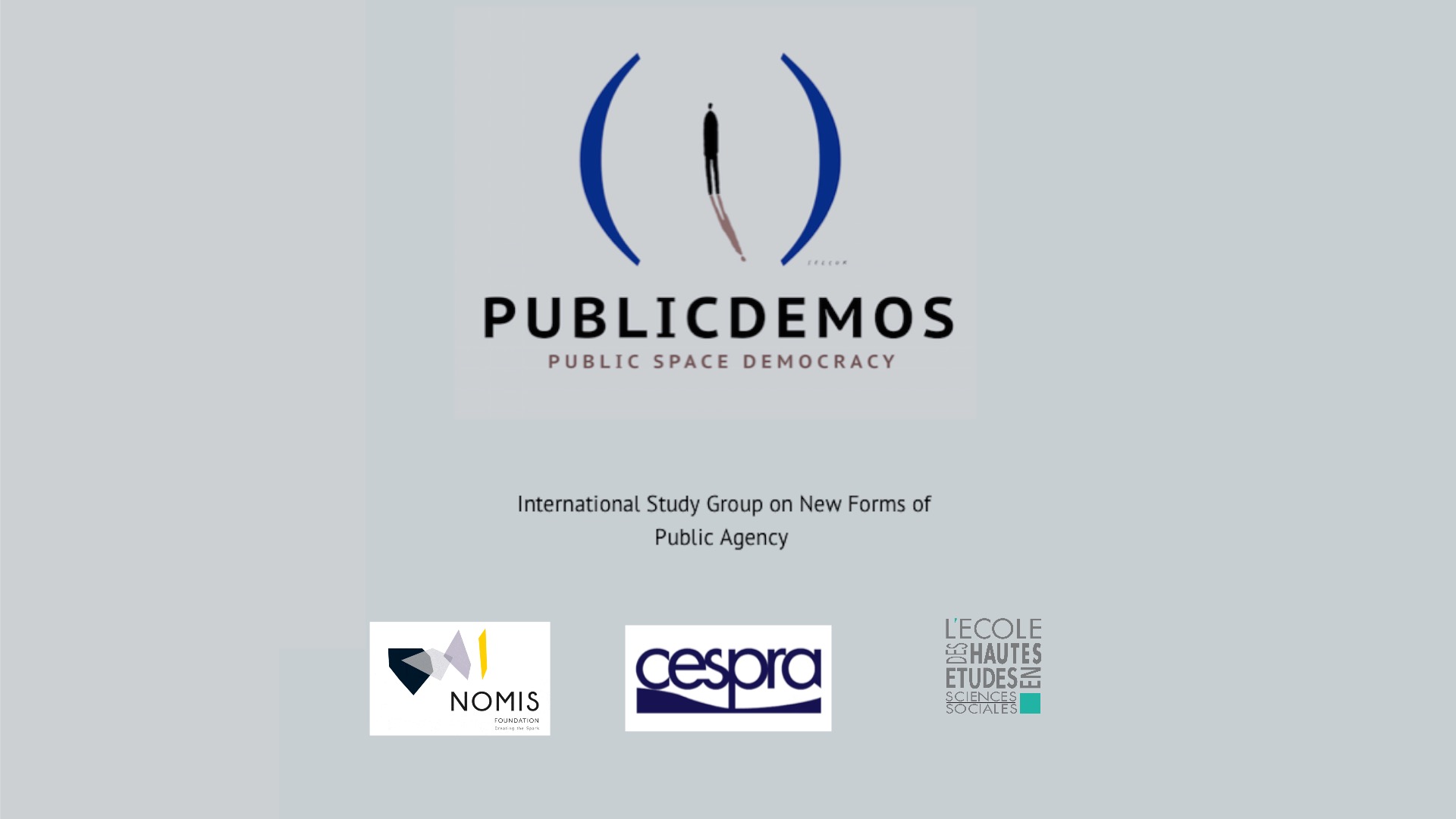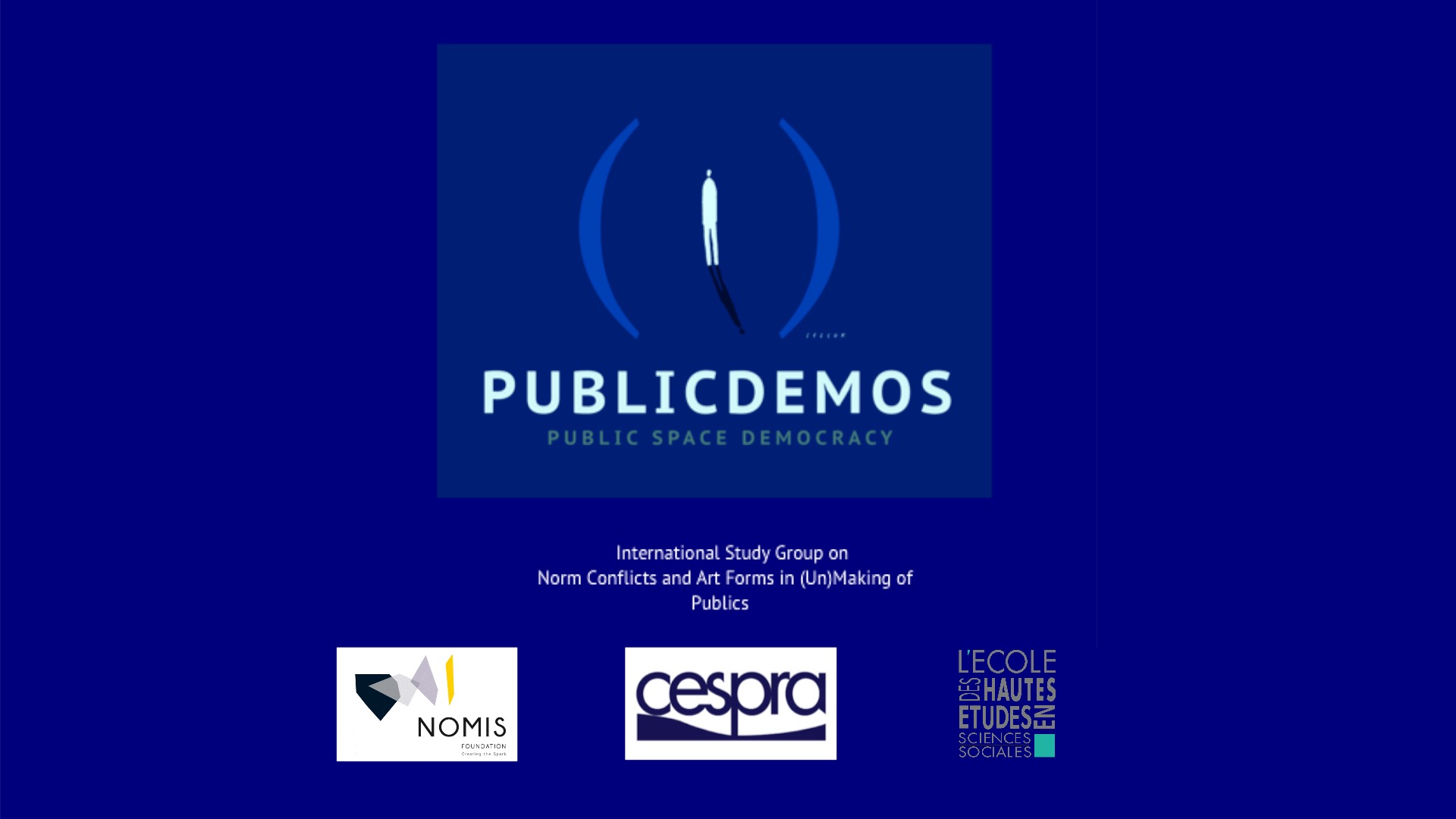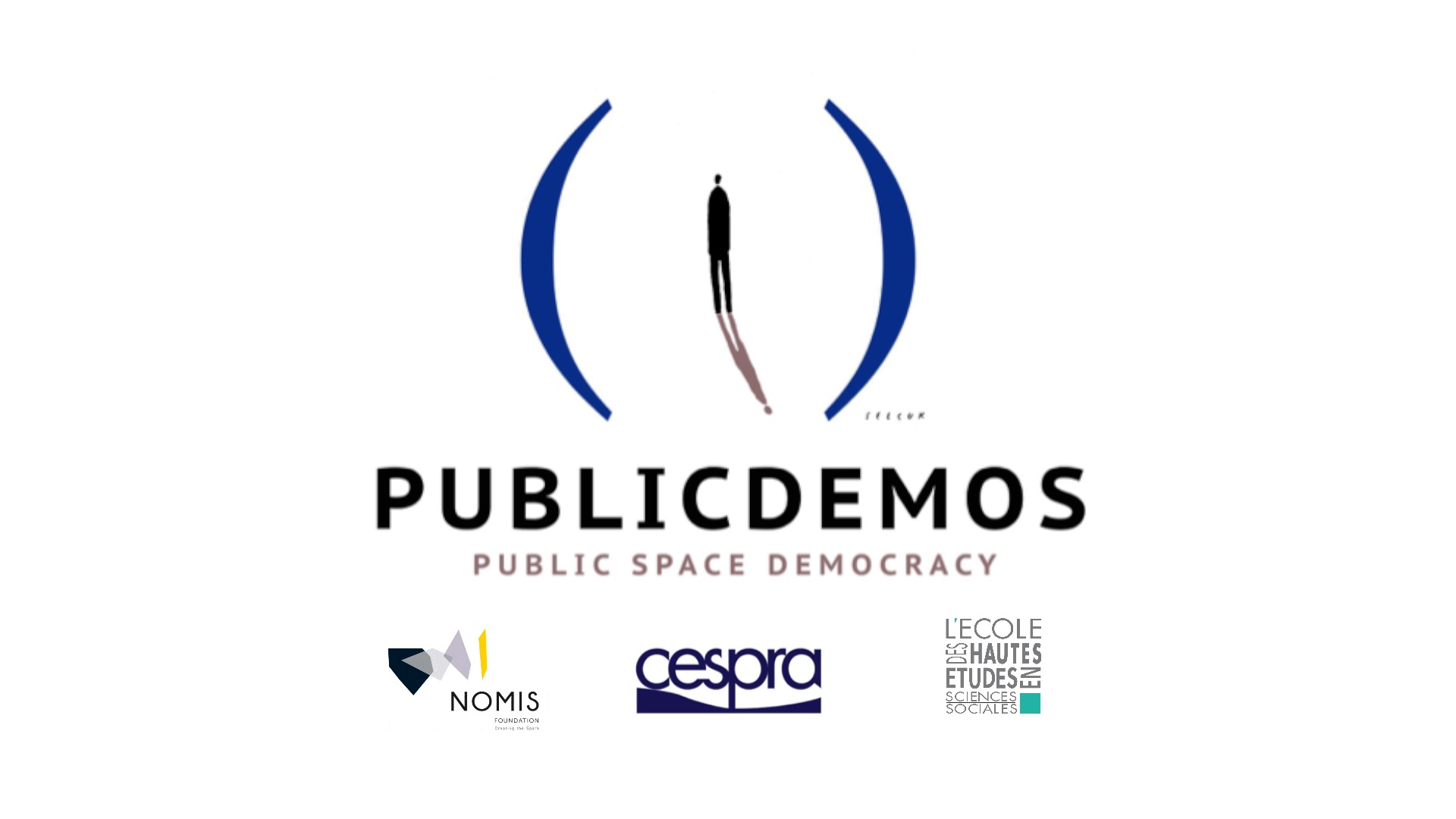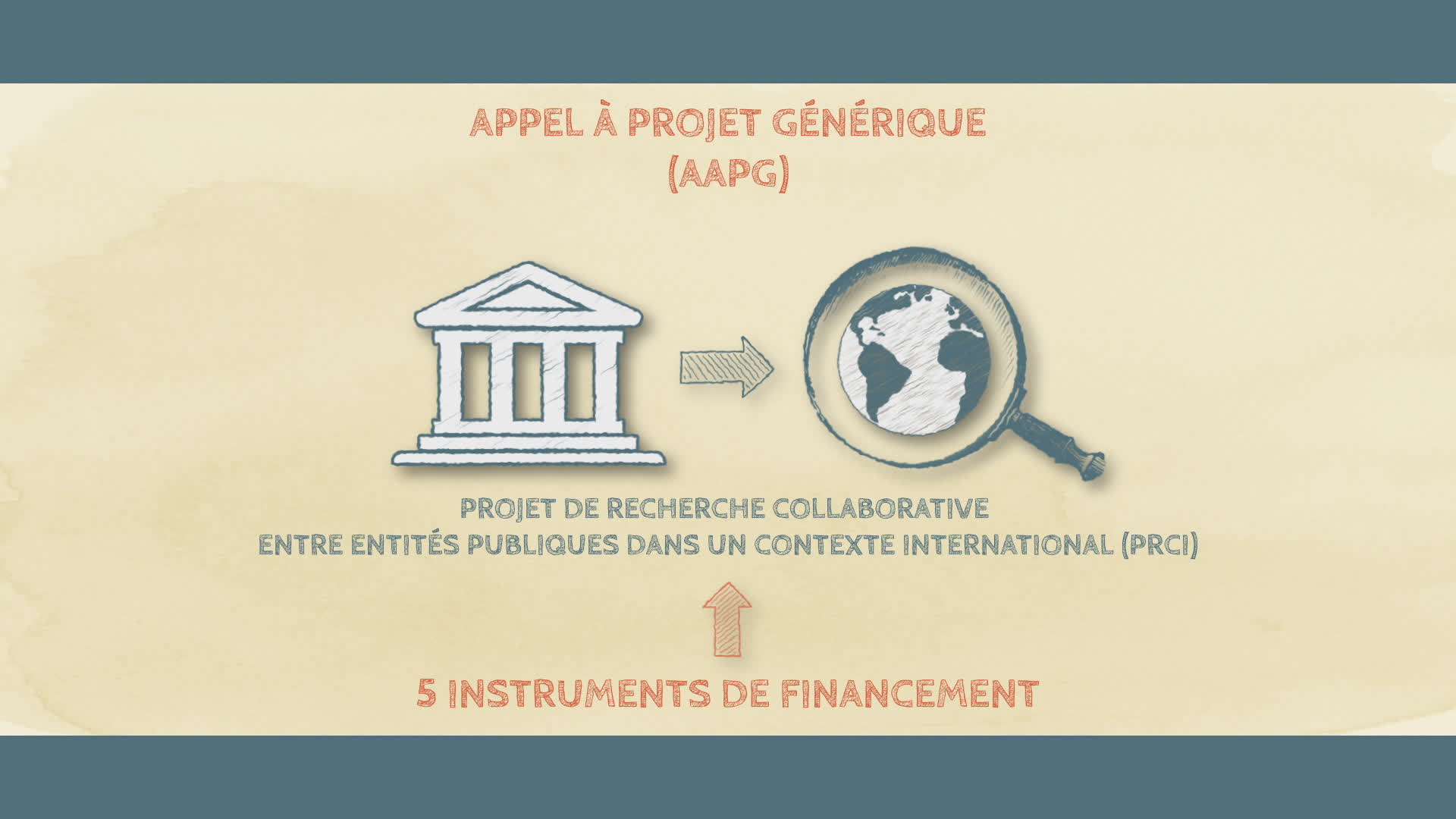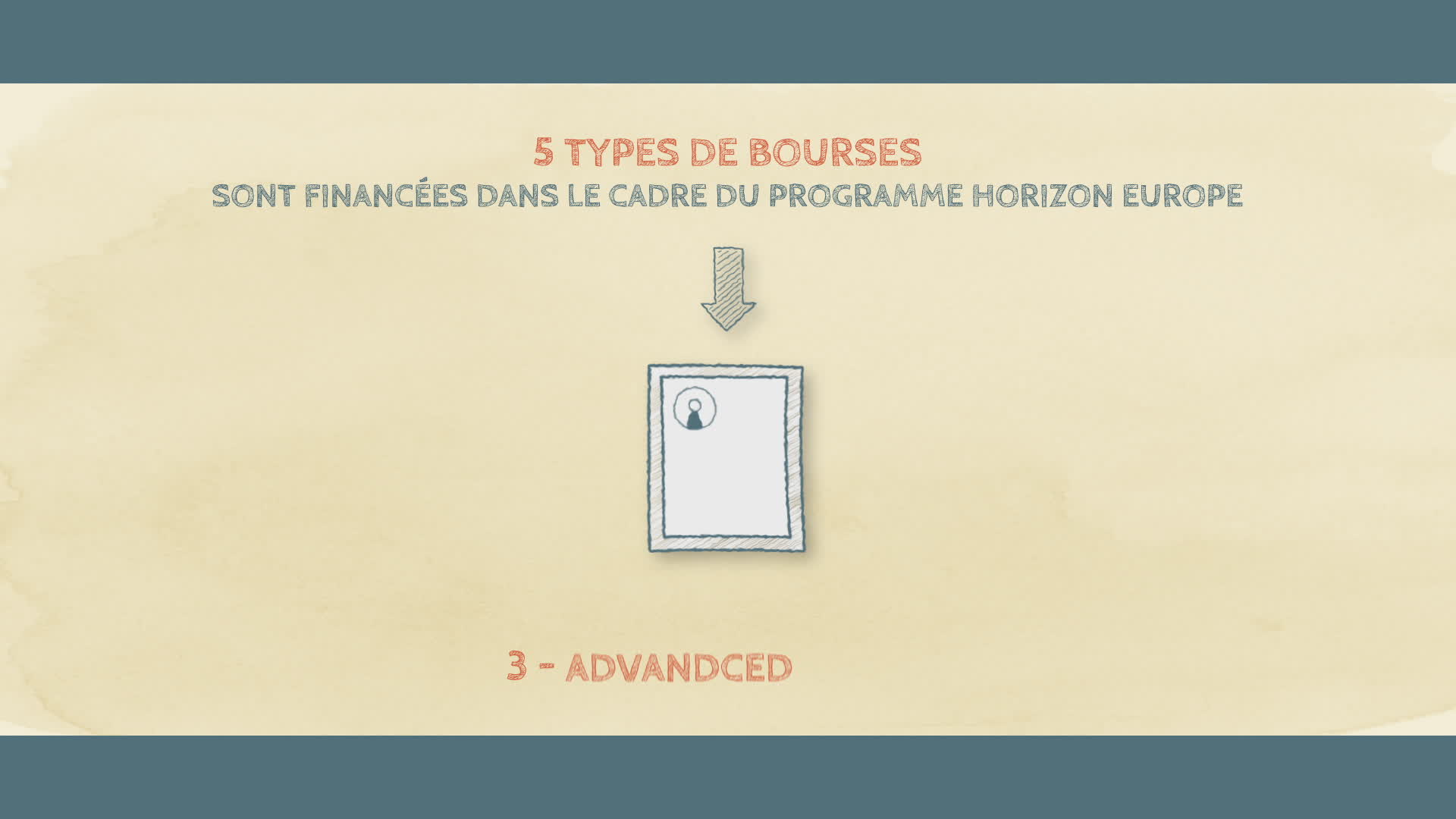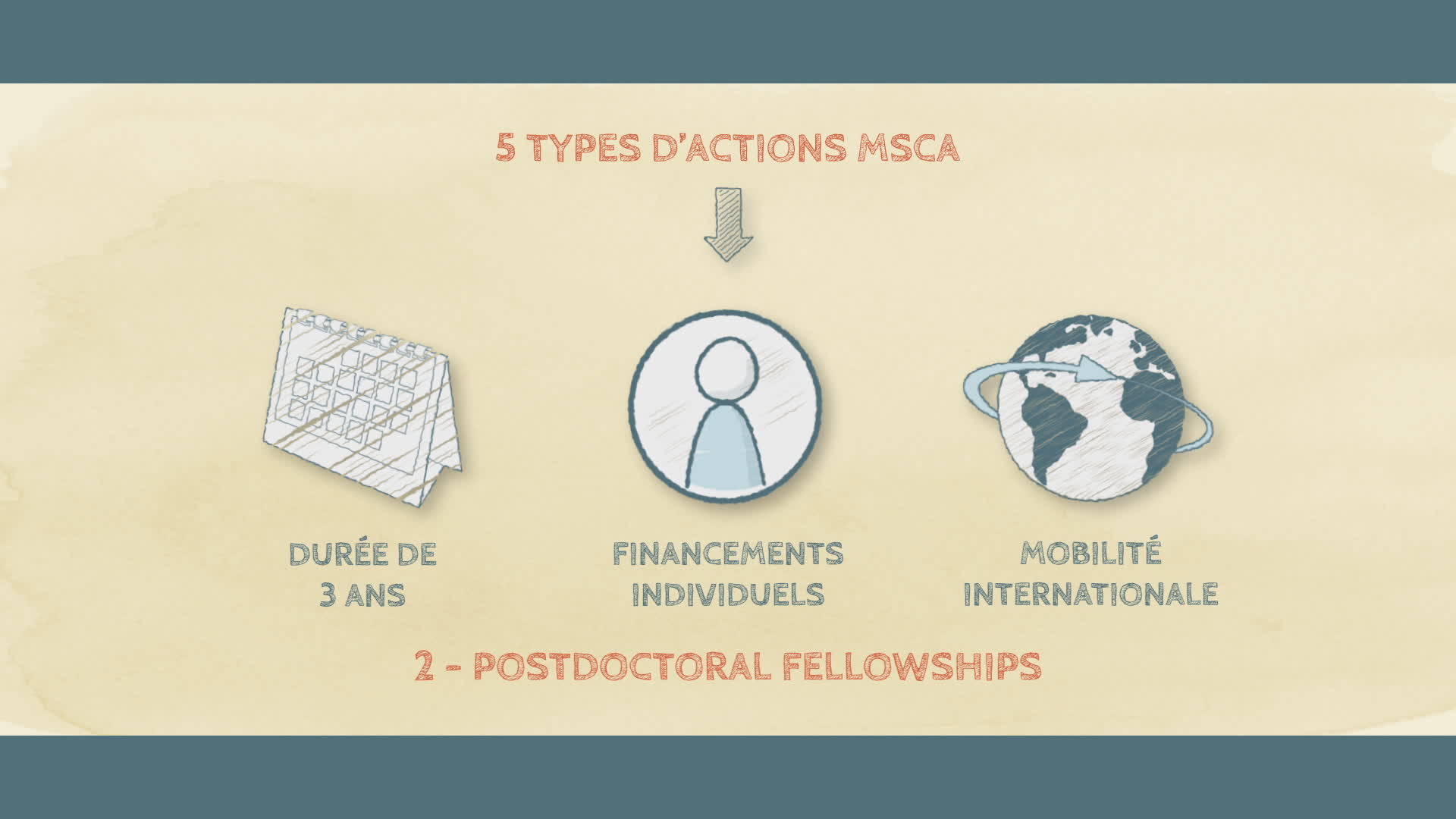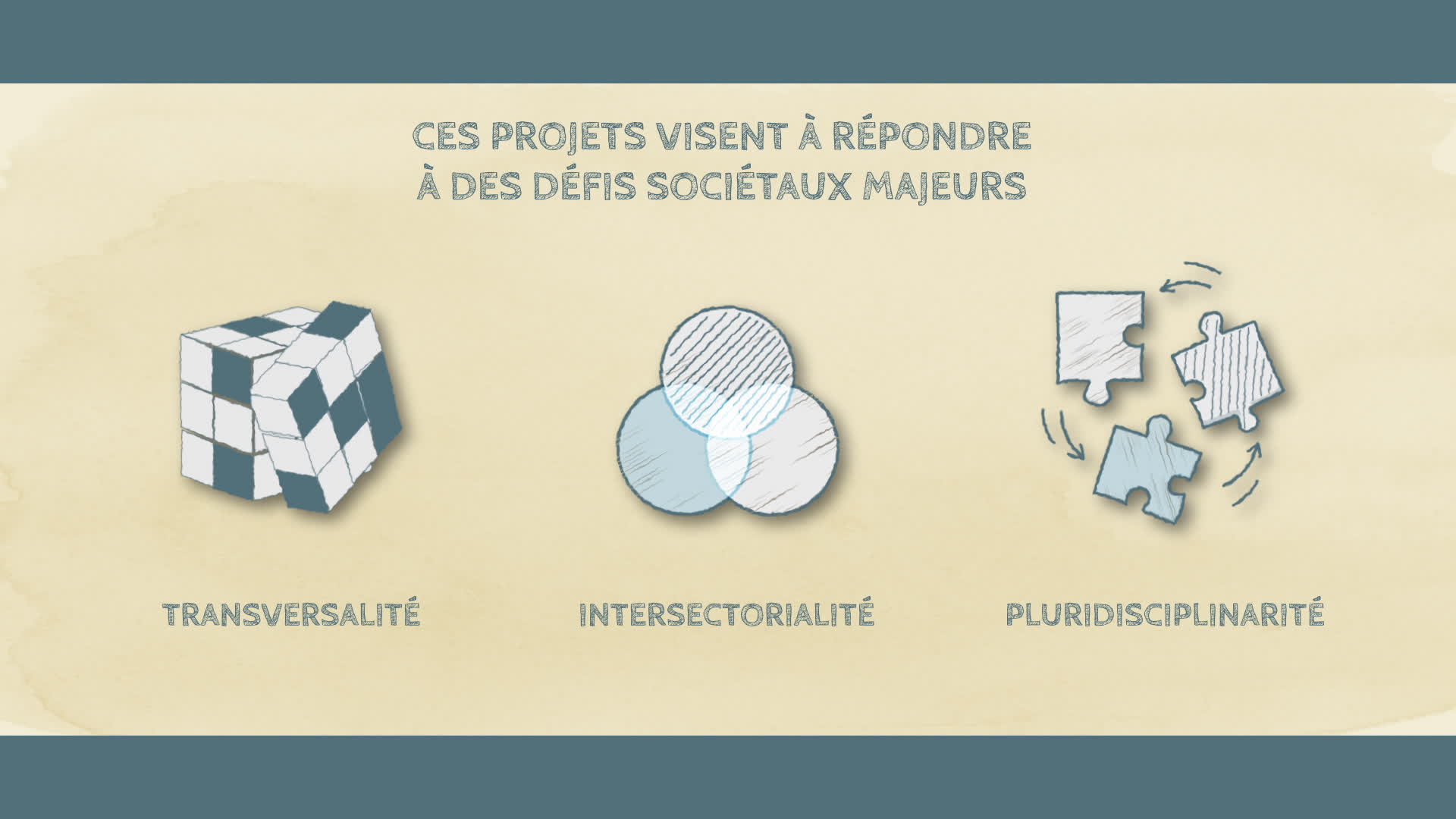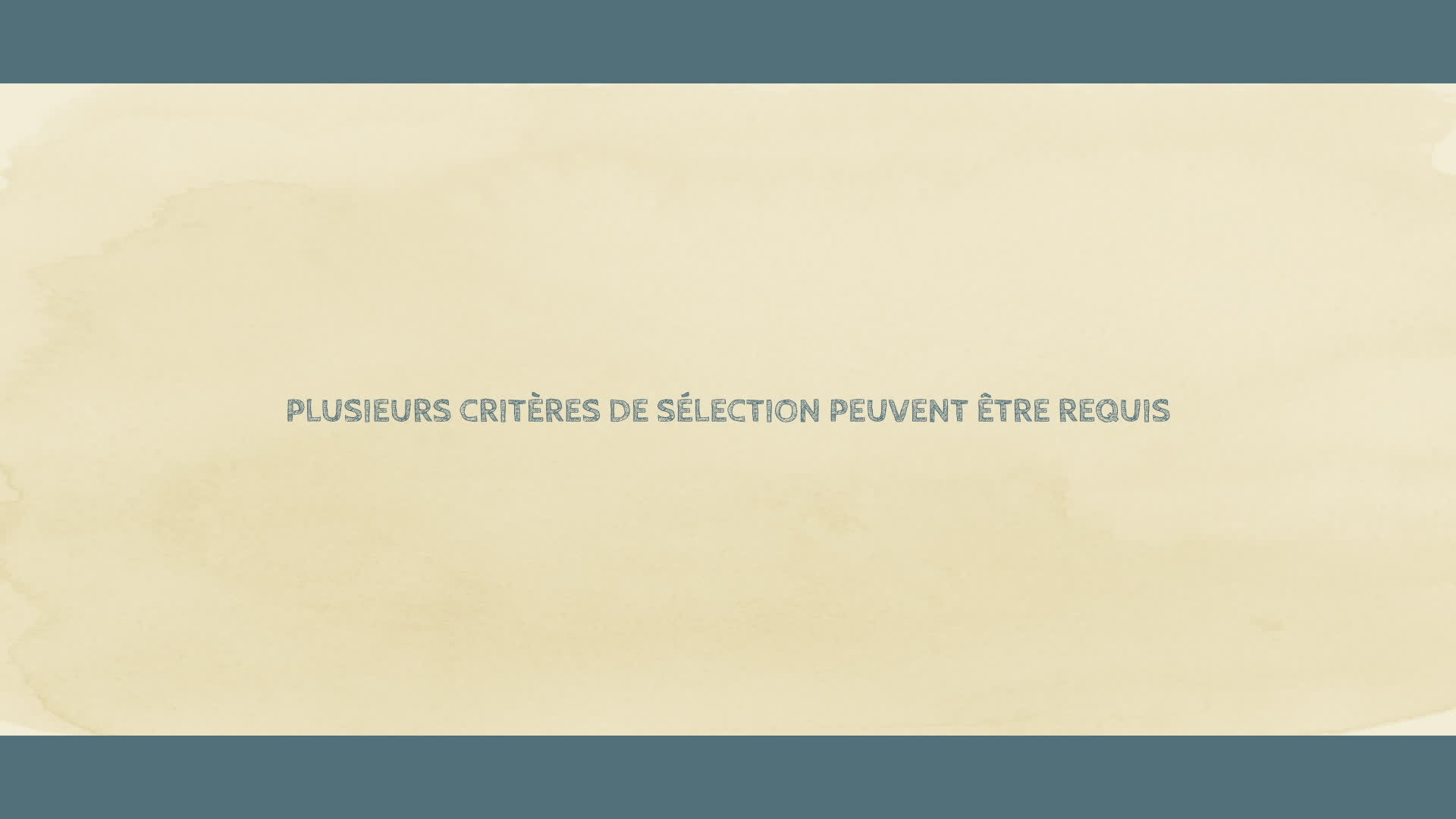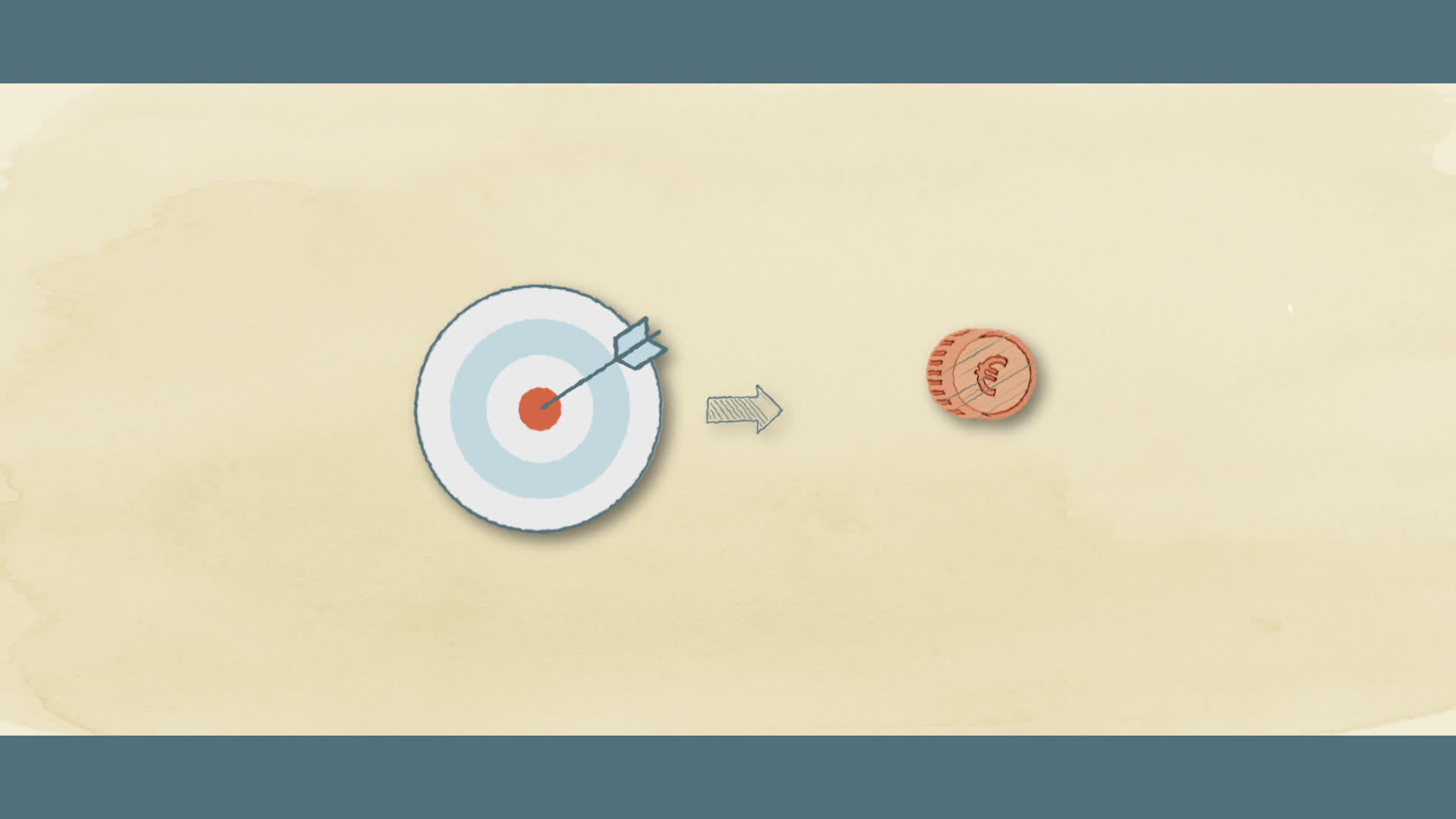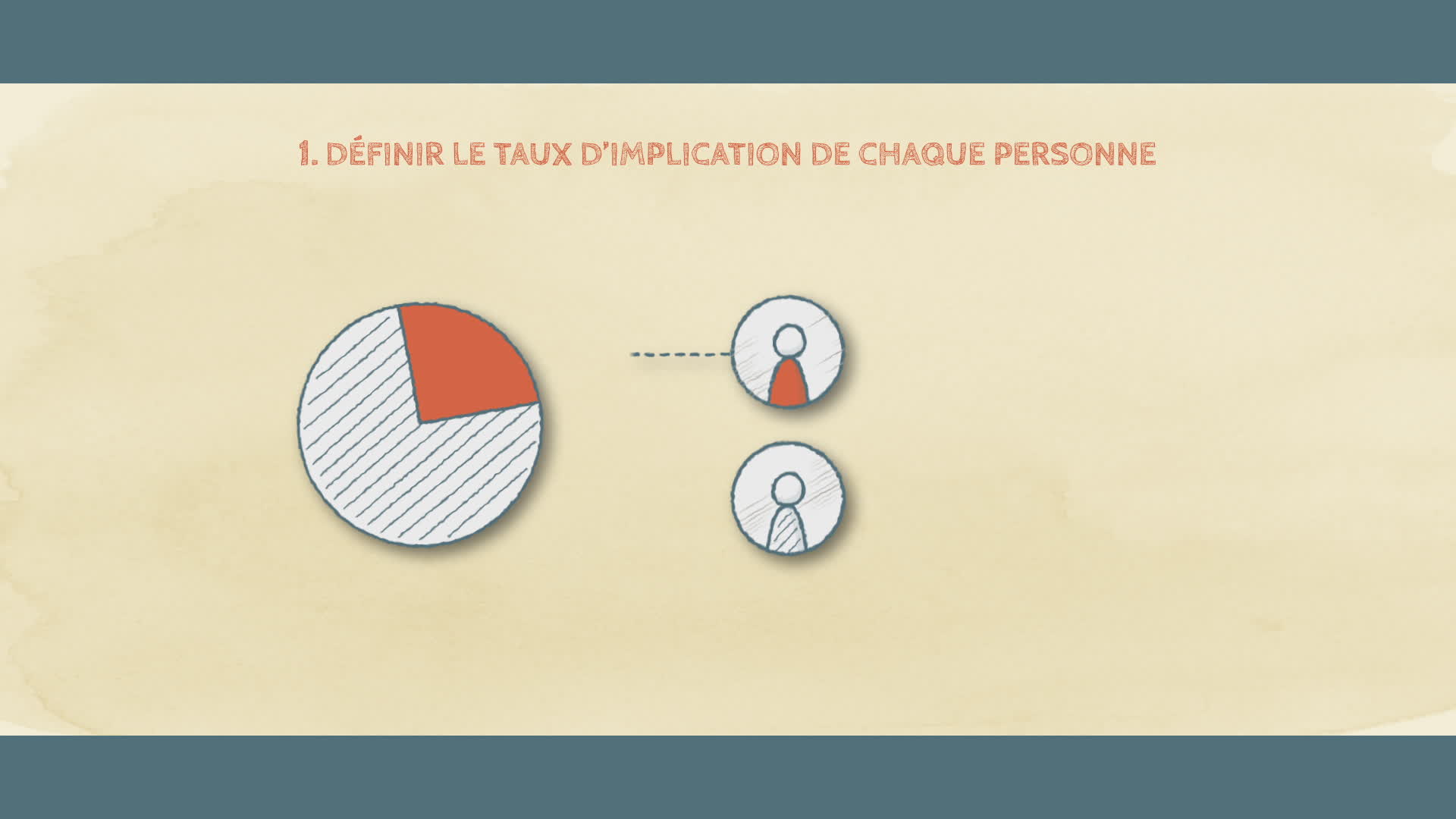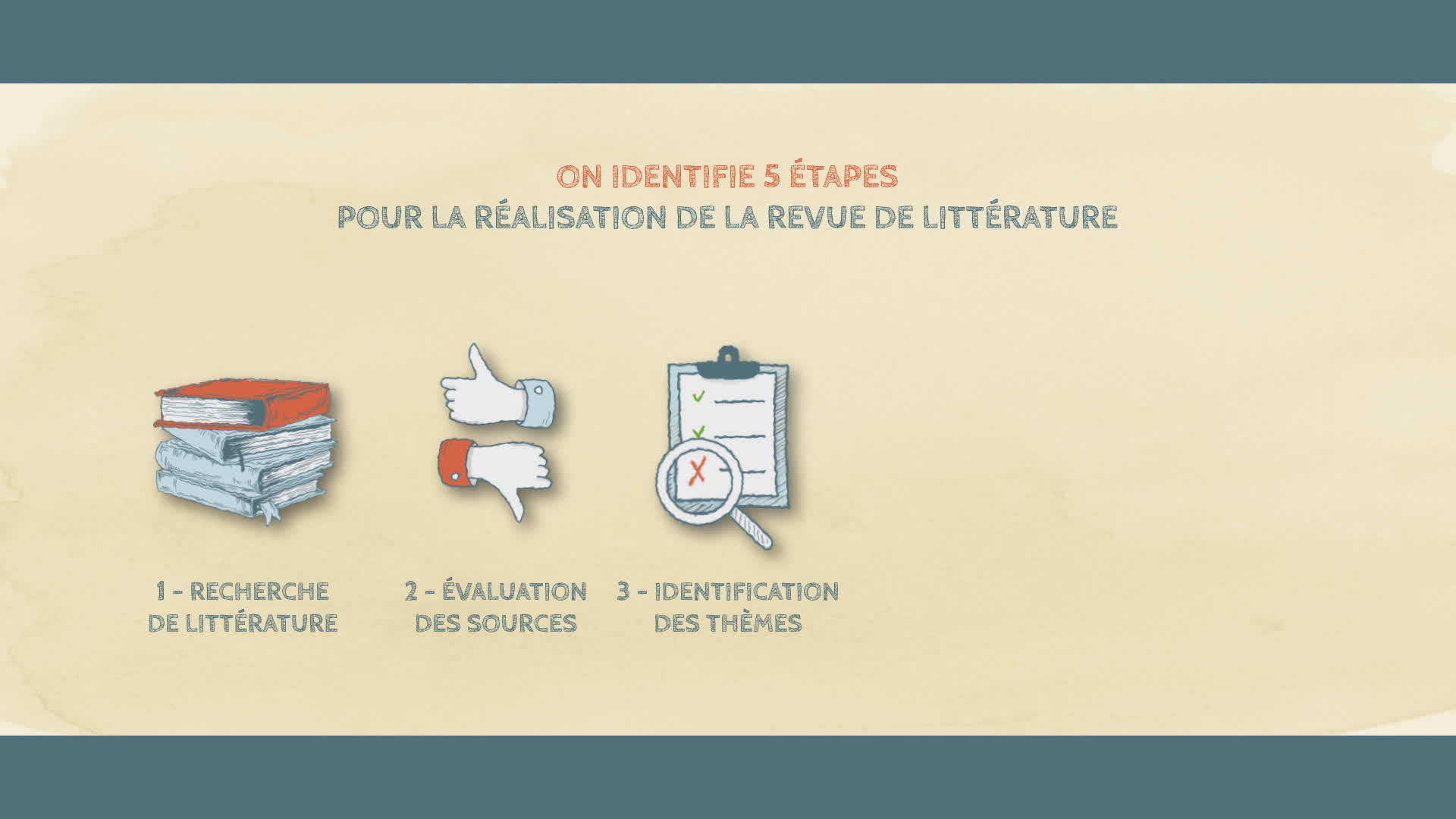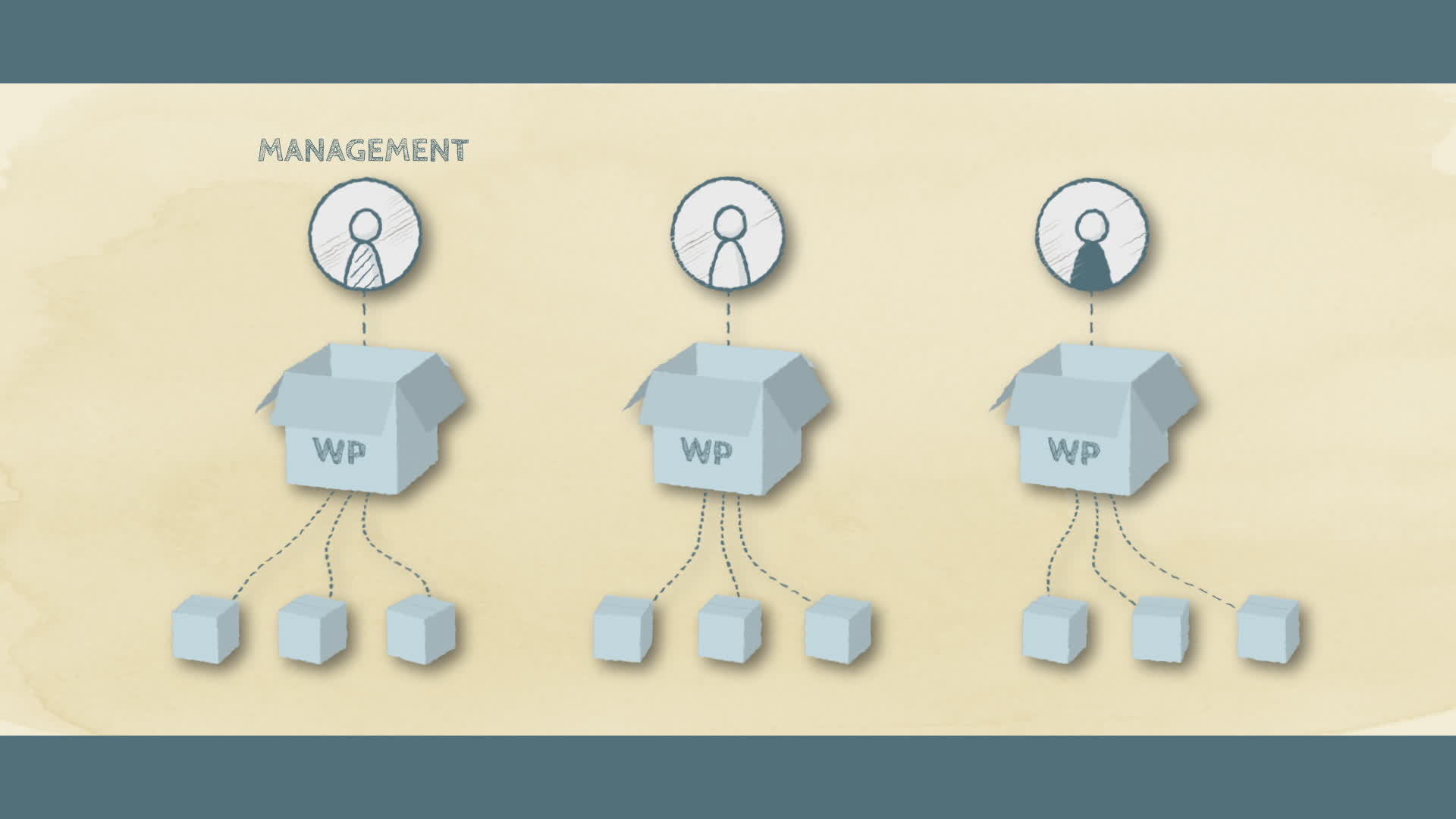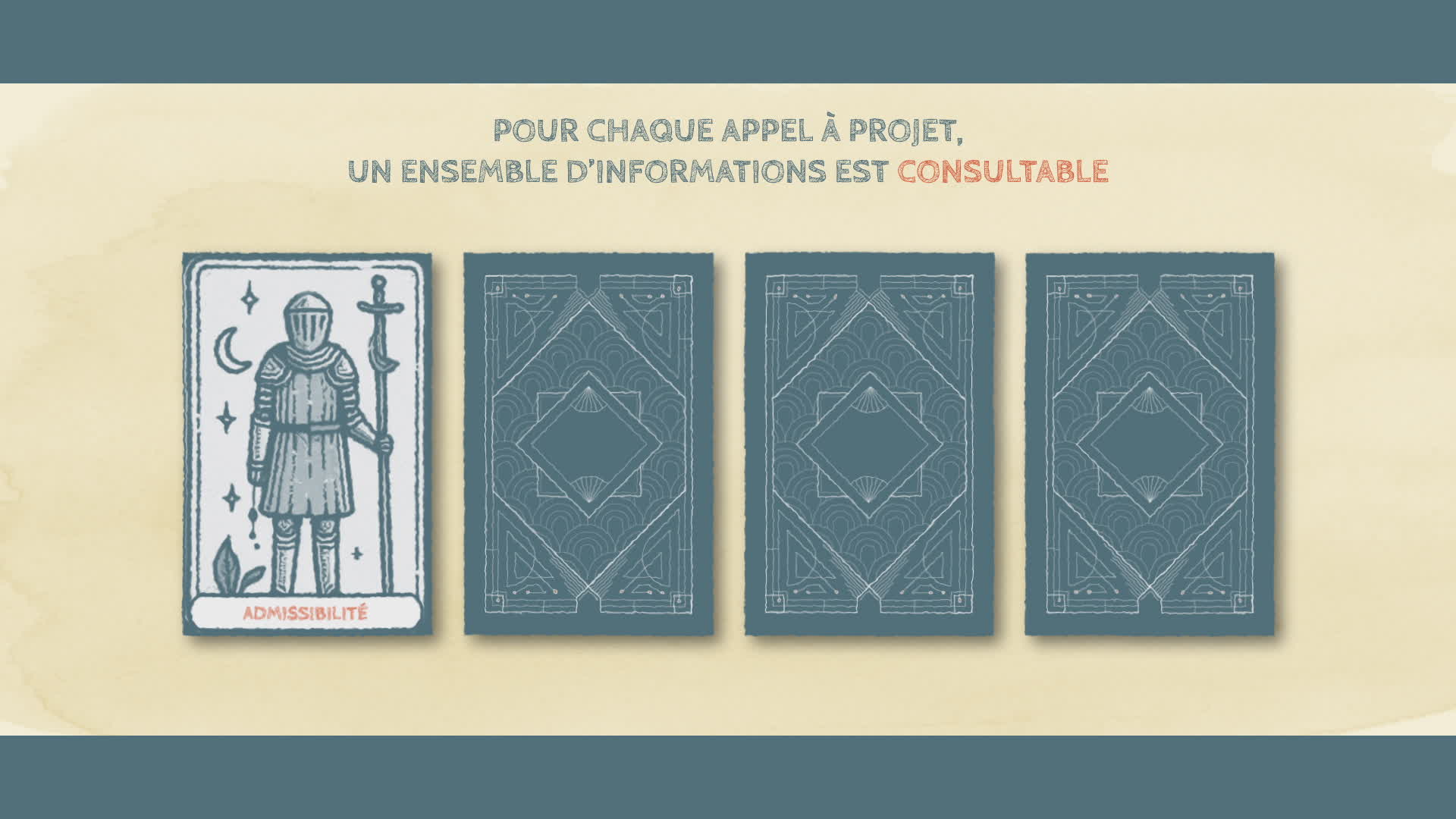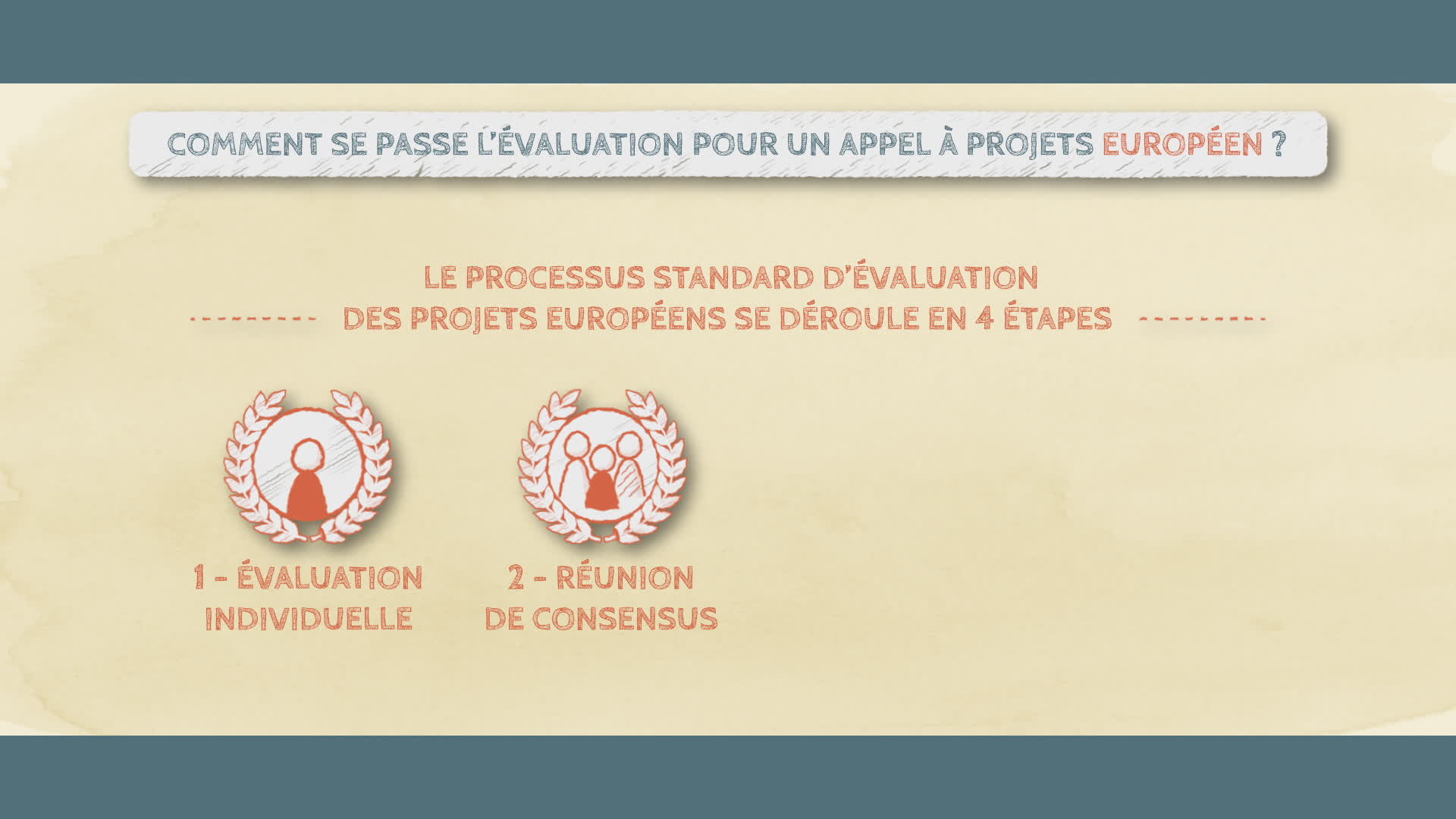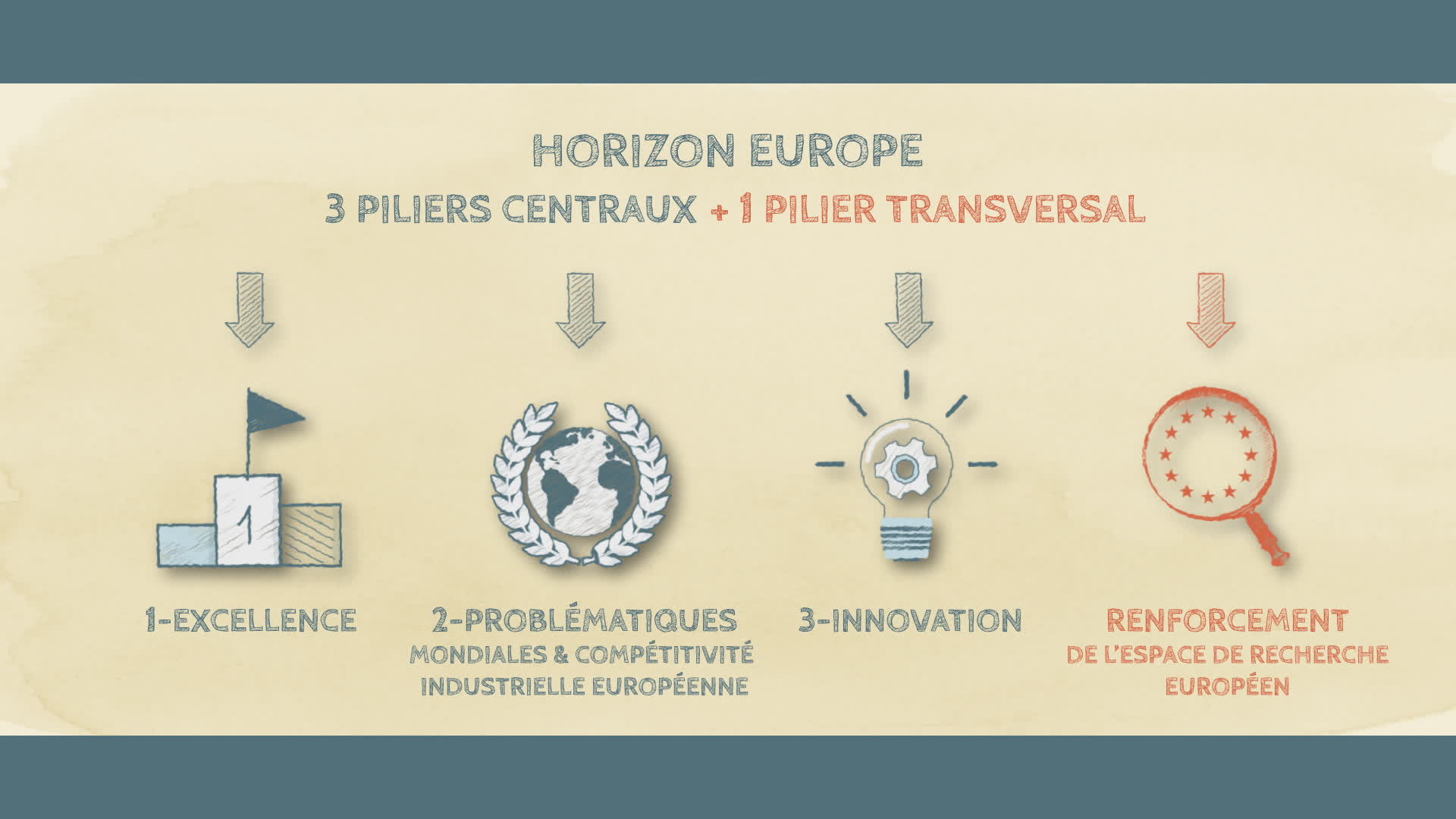Notice
8- PublicDemoS Public Space Democracy
- document 1 document 2 document 3
- niveau 1 niveau 2 niveau 3
Descriptif
Public space is the place for assembly, the hub of democracy as well as the manifestation of power and (dis)empowerment of persons. PublicDemoS Project explores the ways in which new forms of public agency extend politics to everyday life experiences by avenues of artistic expressions and aesthetic forms. The core aim of this project is to understand new politics of performative citizenship and public (un)making in multicultural settings.
Project Directed by Nilüfer Göle
EHESS/NOMIS Foundation
International Studygroup on Artistic Expressions and Aesthetic Styles in Public Space
Meeting on 1st March 2019
Art as a defined set of practices participates to the agonistic dimension of the public sphere, challenges dominant norms and becomes part of controversies. We privilege in our approach the materiality of the public space, artistic expressions, styles as a way of making society, and a mode of translating and transforming the cultural conflicts. In multicultural contexts the norms of public space are unsettled by the appearance of new actors, visibility of differences that change power relations. Public practices such as codes of civility, clothing and language challenge the cultural norms, common sense and established conventions of the national public space and calls for a new “partage du sensible” (Jacques Rancière).
Interviews
1. Mustapha Benfodil, novelist, playwright and journalist
« Pouvez-vous parler de votre expérience en tant qu’artiste engagé dans les questions touchant à l’espace public ? Et pouvez-vous également situer votre dernier livre Body Writing (2019) dans cette perspective ? »
2. Emeric Lhuisset, Visual artist and teacher at Sciences Po Paris
« Comment en tant qu’artiste vous êtes-vous engagé dans le mouvement Maïdan- Ukraine en 2013 ? »
« Pouvez-vous nous parler de votre projet « Hundred portraits of Maïdan » ?
3. Pedro José Garcia Sanchez, Lecturer in Sociology at the University Paris Nanterre and researcher at Mosaiques/ LAVUE
« Vous avez présenté votre recherche sur Plaza Caracas au Venezuela, quels sont les éléments qui créent l’ambiance dans cet espace public ? »
Dans la même collection
-
7- PublicDemoS Public, Space, Democracy
Public space is the place for assembly, the hub of democracy as well as the manifestation of power and (dis)empowerment of persons.
-
6 - PublicDemoS Public Space Democracy
Une journée d’étude internationale du projet PublicDemoS (Public Space Democracy) intitulée « Artistic Expressions and Aesthetic Styles in Public Space » a eu lieu à l’EHESS le vendredi 18 mai 2018.
-
5 - PublicDemoS Public Space Democracy
Une journée d’étude internationale du projet PublicDemoS (Public Space Democracy) intitulée « international study group on spatial dimensions of public memory » a eu lieu à l’EHESS le vendredi 2 mars
-
4 - PublicDemoS Public Space Democracy
International Study Group on Norm Conflicts and Art Forms in the (Un)Making of Publics
-
3 - PublicDemoS Public Space Democracy
Public space is the place for assembly, the hub of democracy as well as the manifestation of power and (dis)empowerment of persons. PublicDemoS Project explores the ways in which new forms of public
-
2 - PublicDemoS Public Space Democracy
Public space is the place for assembly, the hub of democracy as well as the manifestation of power and (dis)empowerment of persons. PublicDemoS Project explores the ways in which new forms of public
-
1 - PublicDemoS New Forms of Public Agency
Public space is the place for assembly, the hub of democracy as well as the manifestation of power and (dis)empowerment of persons. PublicDemoS Project explores the ways in which new forms of
Sur le même thème
-
1-2 - Les projets de l'Agence nationale de la recherche
Cette vidéo présente les projets de l'ANR qui finance la recherche française en favorisant la collaboration interdisciplinaire et les partenariats publics-privés. L'Appel à projet générique (AAPG) son
-
1-3 - Les bourses du Conseil Européen de la Recherche (ERC)
Cette vidéo permet de découvrir les bourses du Conseil Européen de la Recherche (ERC) qui financent des projets de recherche exploratoire à la pointe de la connaissance. L'ERC soutient l'excellence
-
1-4 - Les actions Marie Sklodowska-Curie
Cette vidéo explore les Actions Marie Skłodowska-Curie (MSCA). Ces bourses financées par Horizon Europe encouragent la mobilité des chercheurs, en faisant la promotion de la recherche, l'innovation et
-
1-5 - Les autres projets collaboratifs de recherche
Cette vidéo présente les projets collaboratifs existants pour la recherche. Principalement financés dans le Pilier 2 d'Horizon Europe, ils couvrent des domaines tels que la culture, la créativité et
-
2-1 - Identifier le bon appel à projet
Cette vidéo porte sur les critères à prendre en compte et sur les options disponibles pour choisir un appel à projet. Pour trouver le bon appel à projet, des questions simples sont à se poser et de
-
2-2 - Mobiliser ses partenaires
Cette vidéo souligne l'importance de mobiliser un réseau de partenaires pour les projets, notamment collaboratifs. La formation d'un consortium est généralement nécessaire pour répondre aux critères d
-
2-5 - Définir et prévoir le budget de son projet
Cette vidéo s’intéresse à la construction budgétaire d’un projet de recherche. Cela nécessite une planification détaillée des dépenses, notamment les coûts du personnel, des déplacements, de l
-
2-3 - Définir les contours scientifiques de son projet
Cette vidéo explique comment définir les contours scientifiques d'un projet en passant par une revue de littérature et la définition d'objectifs pertinents et mesurables en lien avec l'appel à projet.
-
2-4 - Structurer son projet en activités et en tâches
Cette vidéo aborde la question de la construction du projet de recherche en workpackages, tâches et livrables. Une explication des diagrammes Pert Chart et Gantt qui sont des outils clés pour
-
4-1 - Déposer un projet sur la plateforme Funding & tenders
Cette vidéo aborde la plateforme de dépôt des projets européens Funding & Tenders, son rôle et ce qu’elle permet de faire. Cette plateforme simplifie la recherche et la soumission de projets Horizon
-
4-2 - Connaitre l’évaluation du projet : une étape cruciale
Cette vidéo, explore l'évaluation des projets, qu'ils soient nationaux ou européens, et qui est effectuée par des experts indépendants selon des critères stricts.
-
1-1 - Se lancer dans un projet de recherche européen
Cette vidéo expose les incitations à se lancer dans un projet de recherche européen au-delà de l’aspect financier. Cela peut inclure une visibilité accrue, l'expansion du réseau, le développement d


